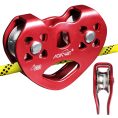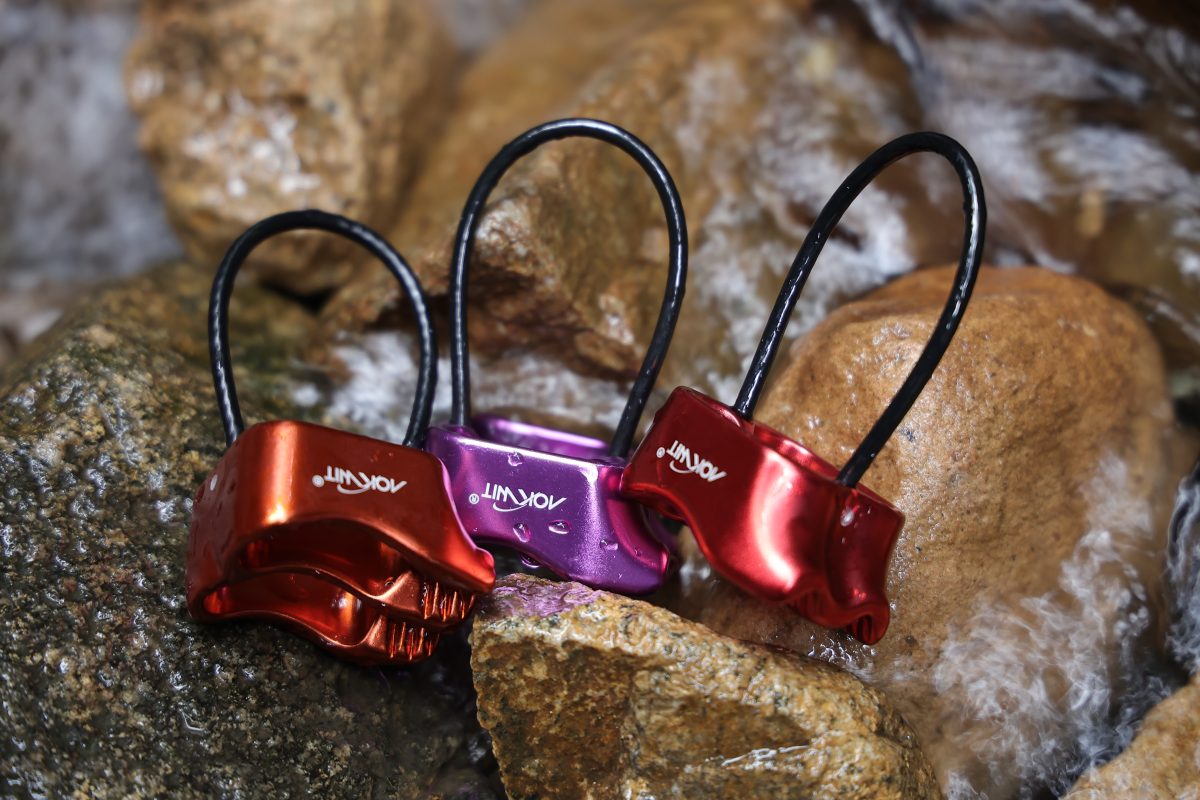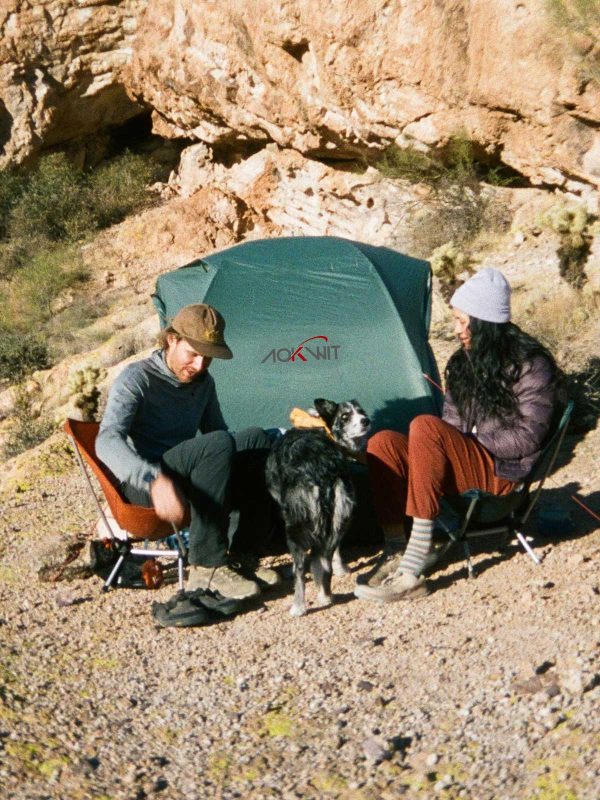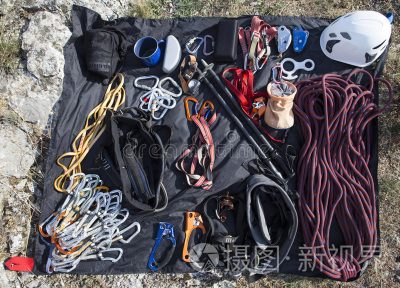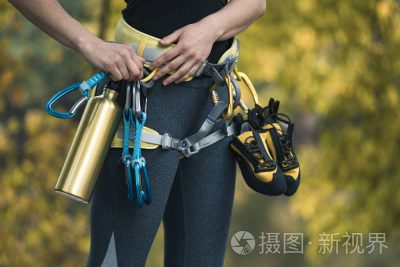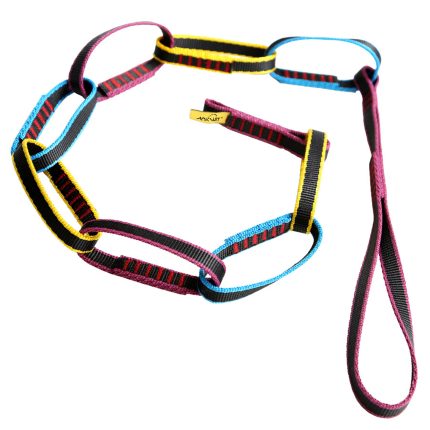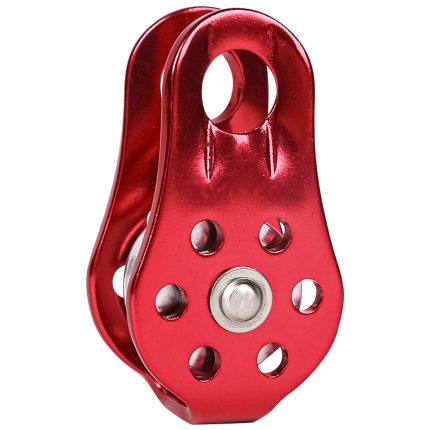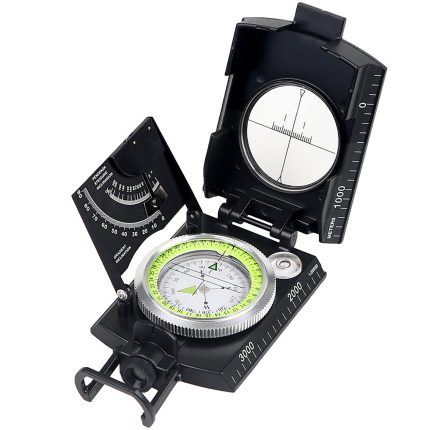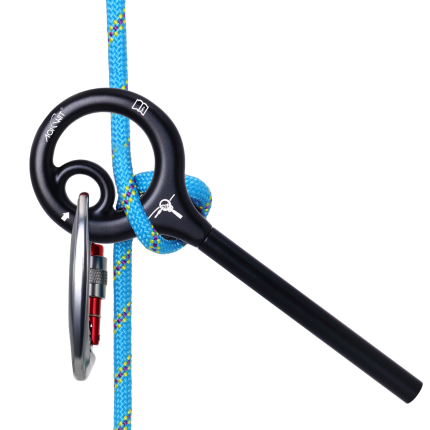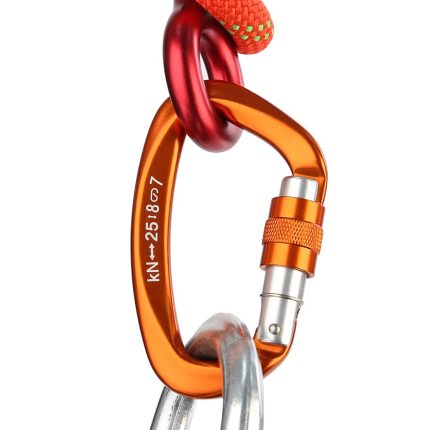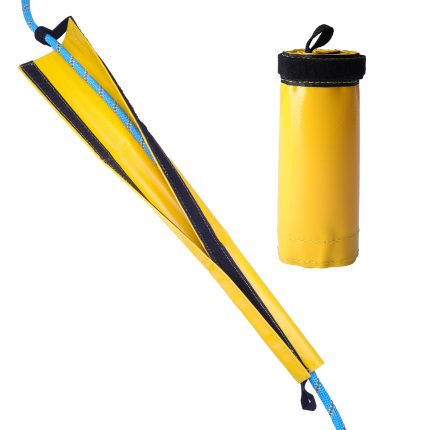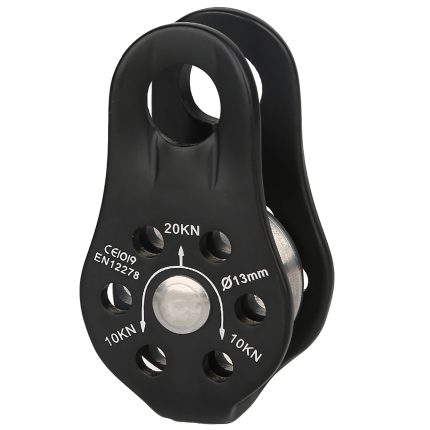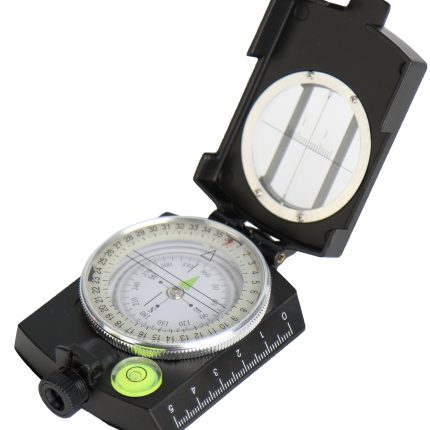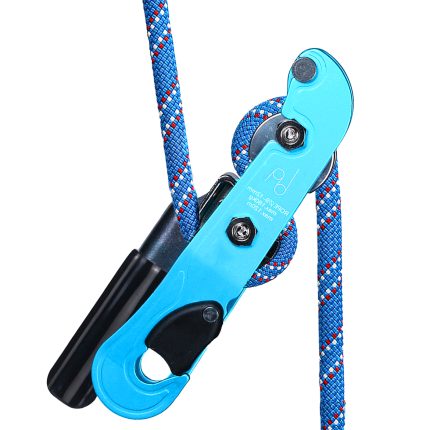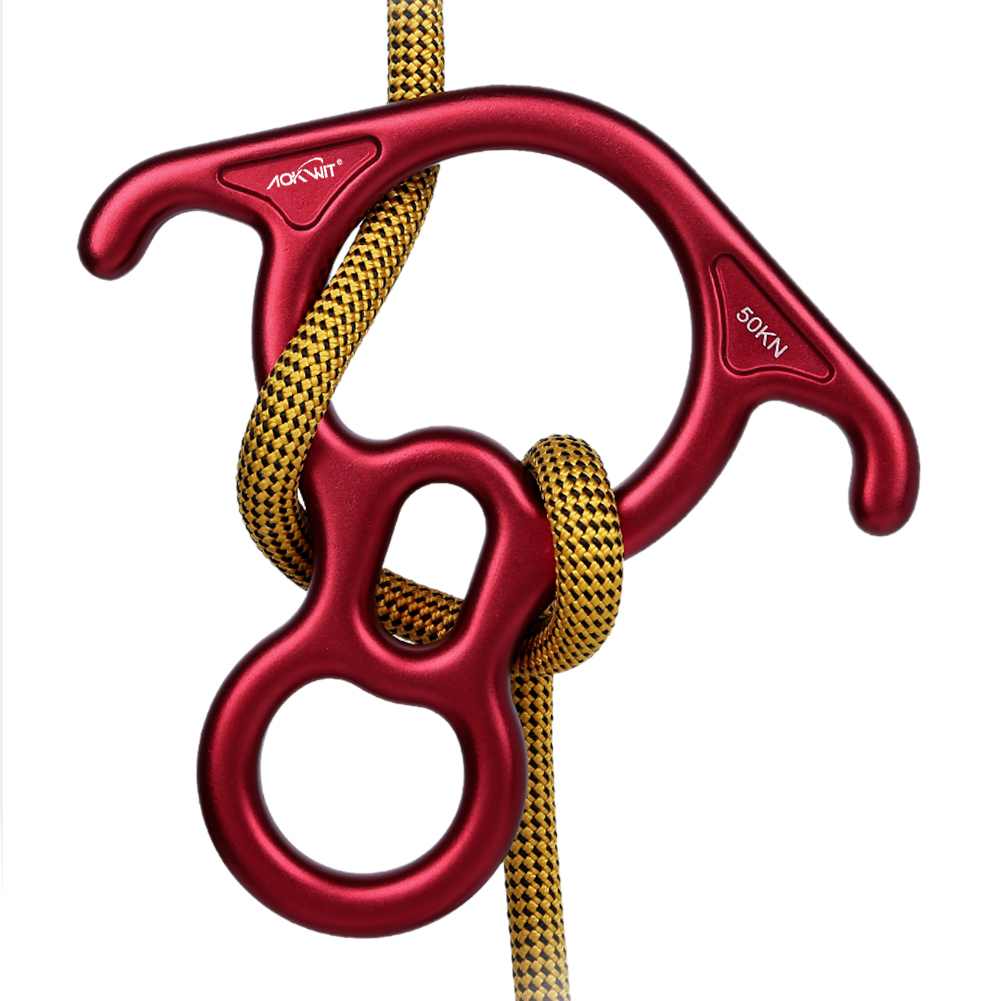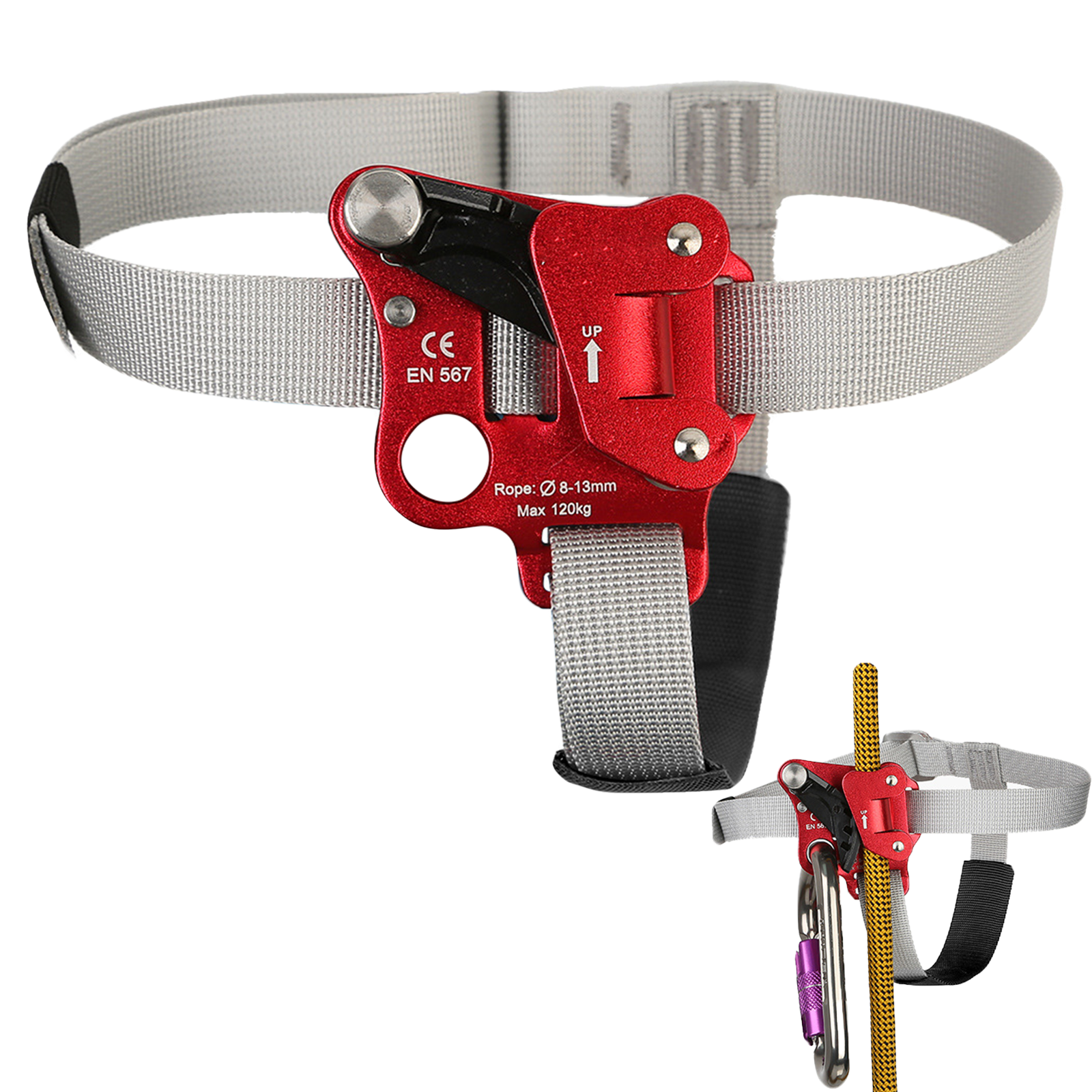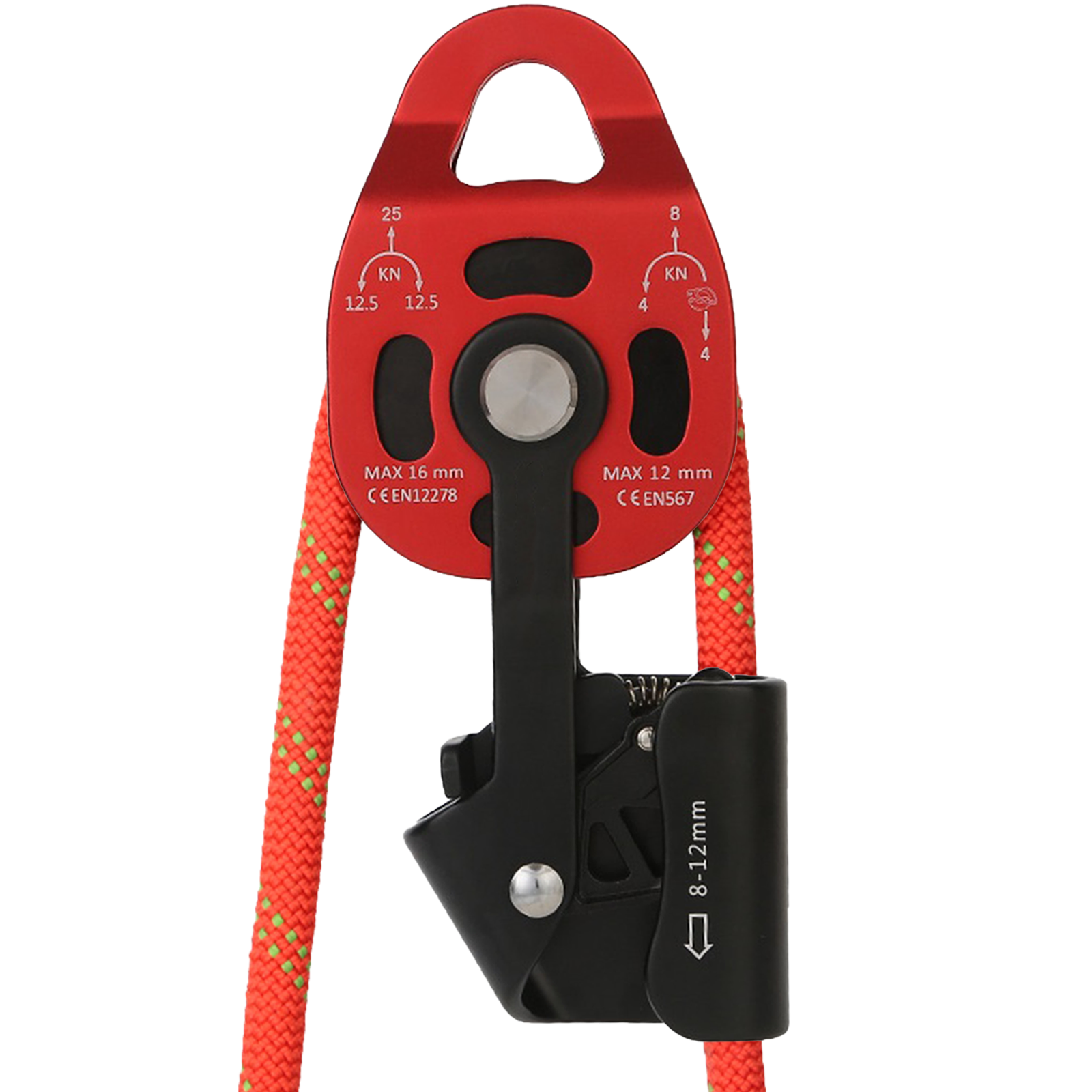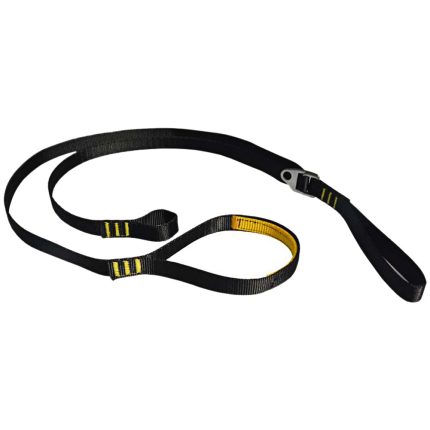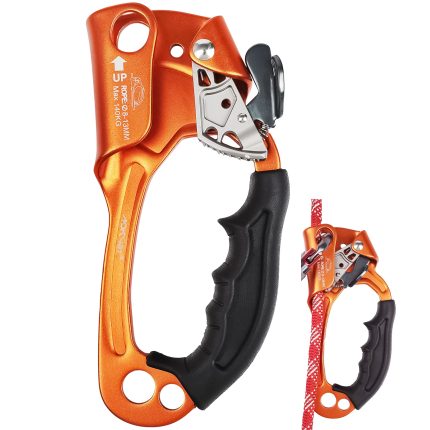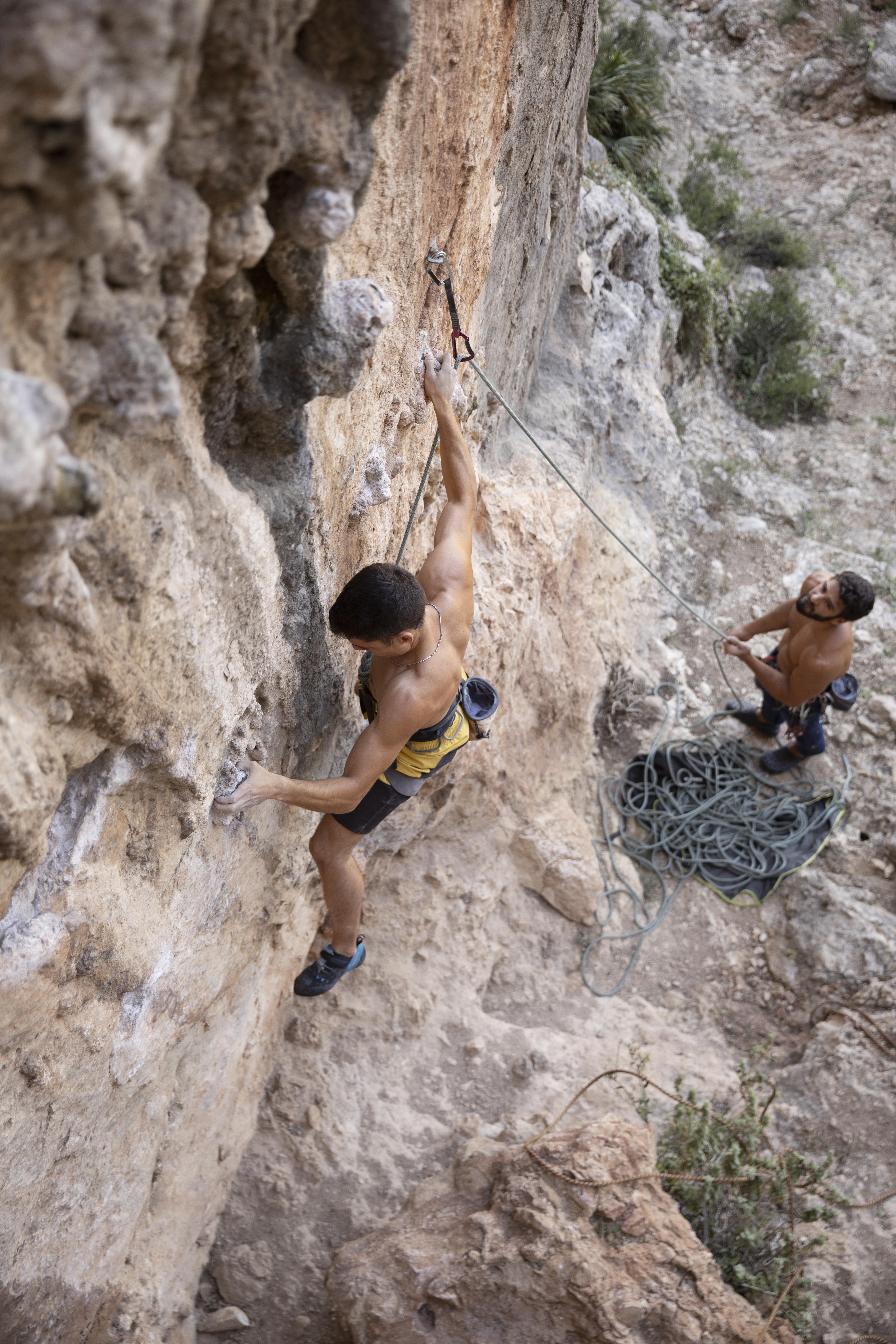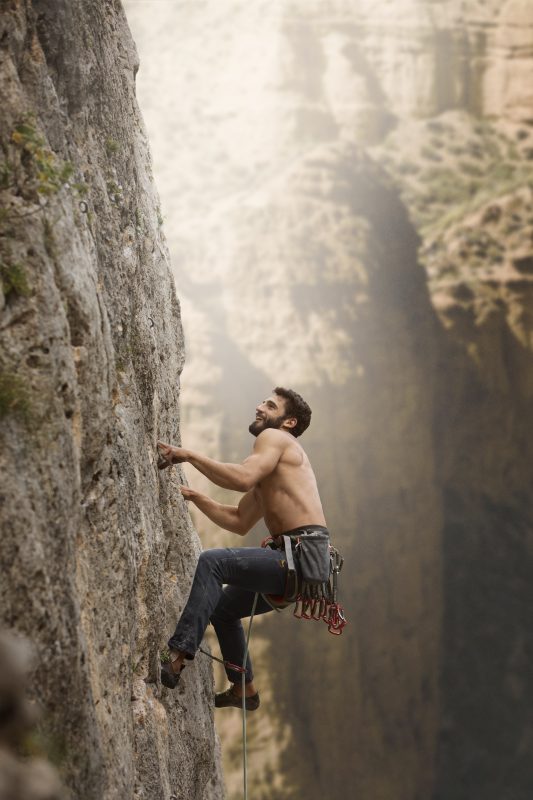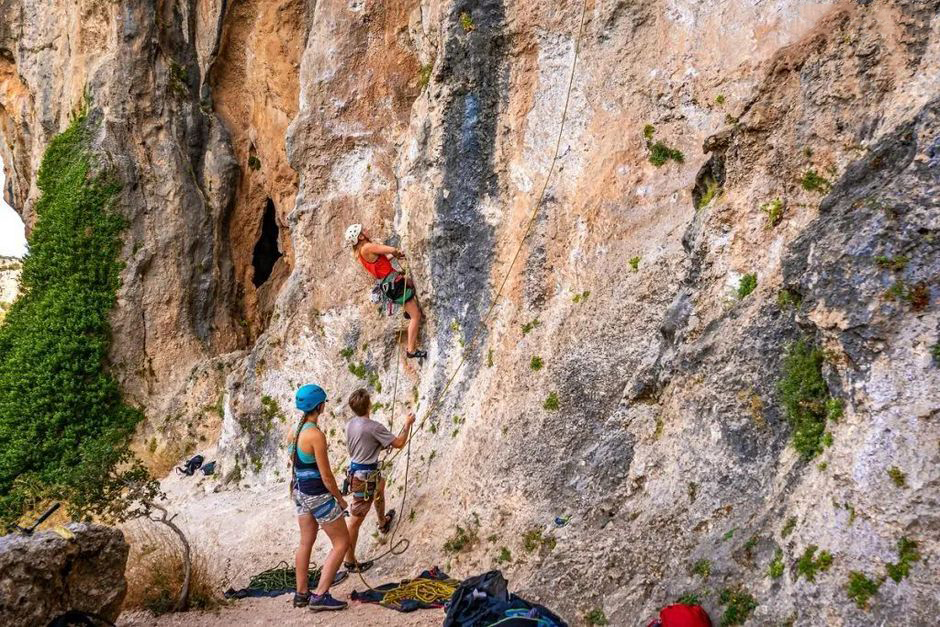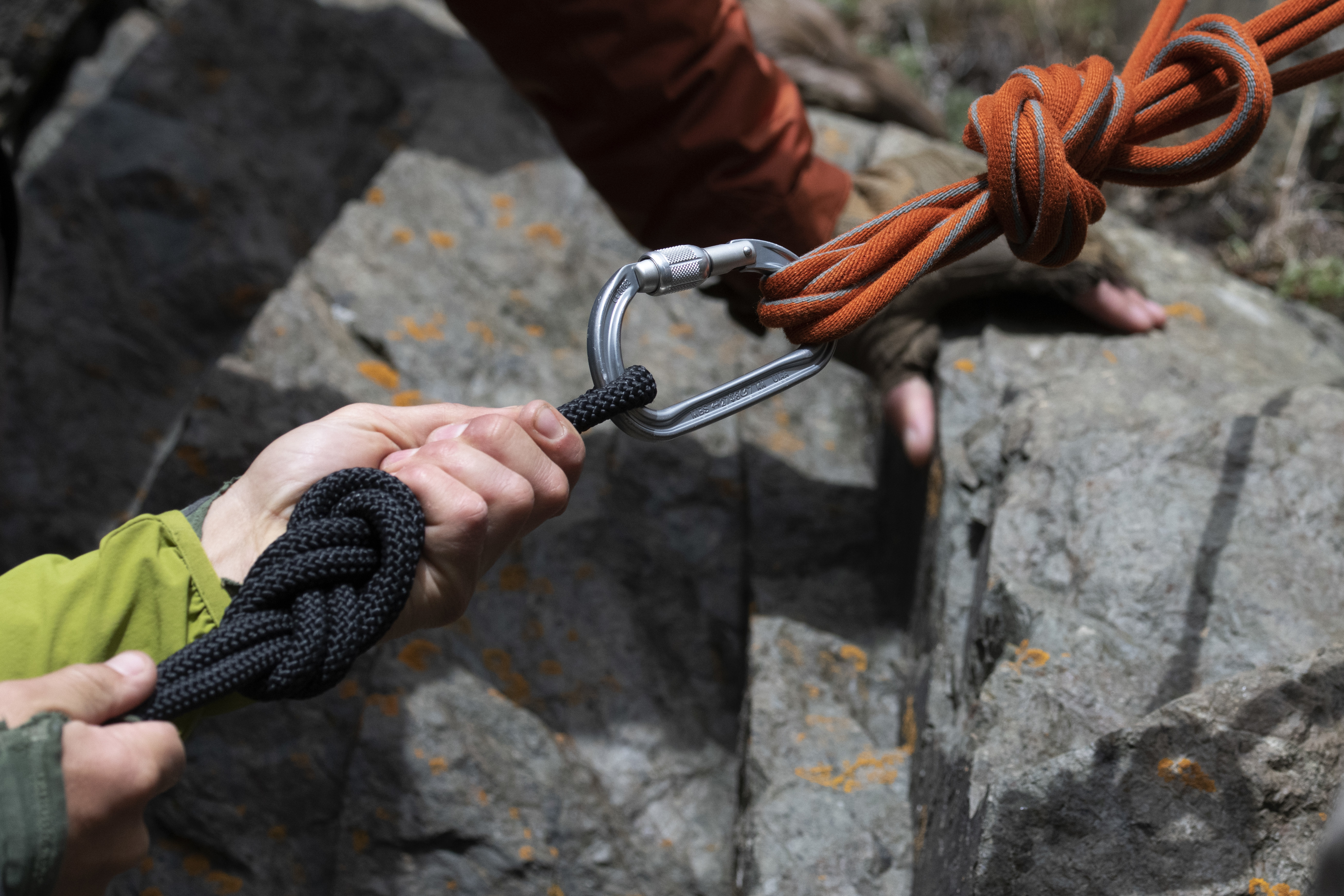Aid Climbing Grades

Aid climbing grades worldwide follow a single standard system—A1 to A5 (Australia uses an M0-M8 system. M stands for mechanical, meaning mechanical protection).
Routes designated with C1-C5 ratings indicate “clean aid climbing” routes where the original state must be preserved (clean aid climbing). Only removable protection like nuts and cams can be used to avoid leaving permanent scars on the rock.
Sometimes, clean aid routes also use the A0-A5 system for grading.
If a climbing route uses the C0-C5 system for grading, it signifies that subsequent climbers are expected to respect the established tradition and strive to maintain the route’s original state.
In fact, setting aside climbing style and philosophy and looking solely at the difficulty level, the C-system and A-system are entirely equivalent.
Regrettably, there are numerous interpretations of this standard. Generally, the grade assigned in a specific location often relies on the account from the first ascent.
Traditionally, and still commonly, aid climbing grades are defined as follows:
A1: All protection placements are straightforward and reliable.
A2: All protection placements are reasonably reliable, but the process is slightly challenging and awkward.
A3: Many protection placements are marginal, but reliable placements are frequently available.
A4: Sections feature consecutive placements that cannot withstand more than body weight.
A5: Over 20 meters of continuous placements consisting largely of unreliable protection.
In Europe, many aid routes were established long ago, and the difficulty grades of some of these routes have been downgraded over time.
Simply put:
A3 involves placements that are marginal but can withstand a short fall.
A4 will have some placements that can only hold body weight, but consecutive placements like this are uncommon.
A5 is unheard of. A0 is used to define routes with permanent, solid protection points.
In the United States, modern equipment and passion drive climbers to continuously ascend taller and more difficult big walls. In an astonishingly short decade, aid climbing was pushed to its extreme, simultaneously altering the interpretation of the grading standard.
This is John Long and John Middendorf’s interpretation of the modern aid climbing grade standard from their book Big Walls:
A0: Pulling or stepping directly on fixed gear (pitons, bolts, hangers) or removable gear (like cams or nuts). Doesn’t necessarily require aiders, but isn’t “free climbing.” Might be called “French free climbing.”
A1: Easy aid. Protection placements are straightforward and solid. Every piece will hold a fall.
A2: Moderate aid. Solid but often challenging placements. One or two marginal placements might be found between solid placements. Falls are not dangerous.
A2+: Moderate aid. More than two marginal placements might be found between solid placements. Potential for serious falls, but generally without major consequences.
A3: Hard aid. Continuous marginal placements; each piece must be tested before weighting it. Although each pitch contains a few solid placements, they are sparse and far apart. In a fall, eight or more pieces could potentially pull out. Involves some danger. Can take several hours to complete a pitch.
